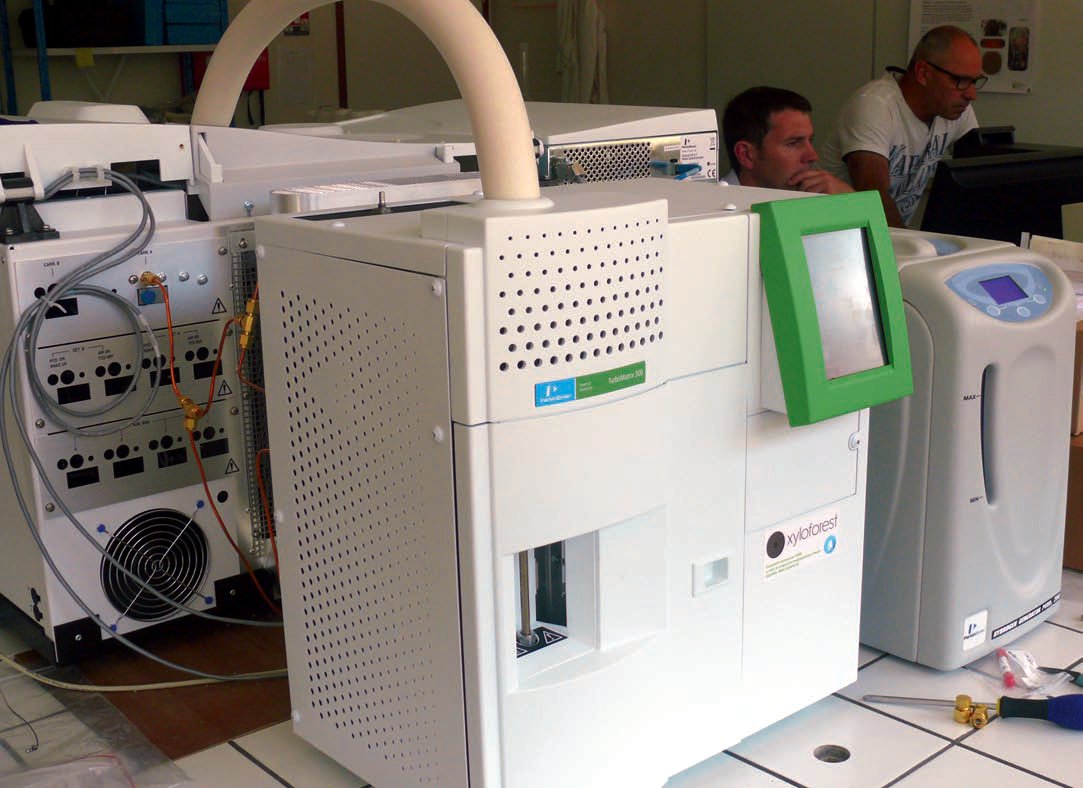VOCs explained
4 June 2014I have mentioned VOCs (volatile organic compounds) in several ar ticles for WBPI in the past, but I have never really explained what these are. I am sure that many readers will have an immediate and negative reflection about VOCs because of all the ‘bad press’ about such compounds. If one understands what VOCs are, it immediately becomes obvious that not all VOCs are dangerous.
To state the obvious somewhat, a VOC is an organic compound, ie one that contains carbon atoms and one that is volatile at room temperature. Various official definitions of VOCs exist. The World Health Organisation (WHO) defines a VOC as "an organic compound that has a boiling point of 50 to 250°C". Other organic compounds with lower boiling points are considered VVOCs, or very volatile organic compounds - things like butane and propane.
Formaldehyde, in its pure form, has a boiling point of -19°C and so is actually a VVOC. In the real world, however, formaldehyde is very often associated with water and a solution of formaldehyde acts like a VOC.
The human nose can recognise thousands of different smells and most of these odours are caused by VOCs. So the bouquet of a good wine or whisky, the aroma of a nice dish of food and the scent of a pretty flower are examples of VOCs. Are these VOCs dangerous? Maybe, if in very high concentrations, but in everyday concentrations, probably not.
It is the concentration of a VOC, rather than its presence, which is important. In order accelerate the health effects of VOCs on organisms, studies tend to use much higher concentrations than those found in typical situations. One can argue that such results are artificial. Inevitably in today's atmosphere of litigation, regulatory bodies tend to take a prudent stance and some say "quite right too".
Studies allow the definition of No Observed Adverse Effect Levels (NOAELs) for VOCs. For example, the WHO has defined a short- and long-term exposure limit for formaldehyde of 0.1mg/m3, or about 82 parts per billion, based on the NOAEL for formaldehyde of 0.6mg/m3.
Solid wood and wood composites emit VOCs, so their use within buildings could be limited by future indoor air quality regulations.
I plan to talk more about the VOCs which are emitted by wood products in the next, June/July, issue of WBPI.
